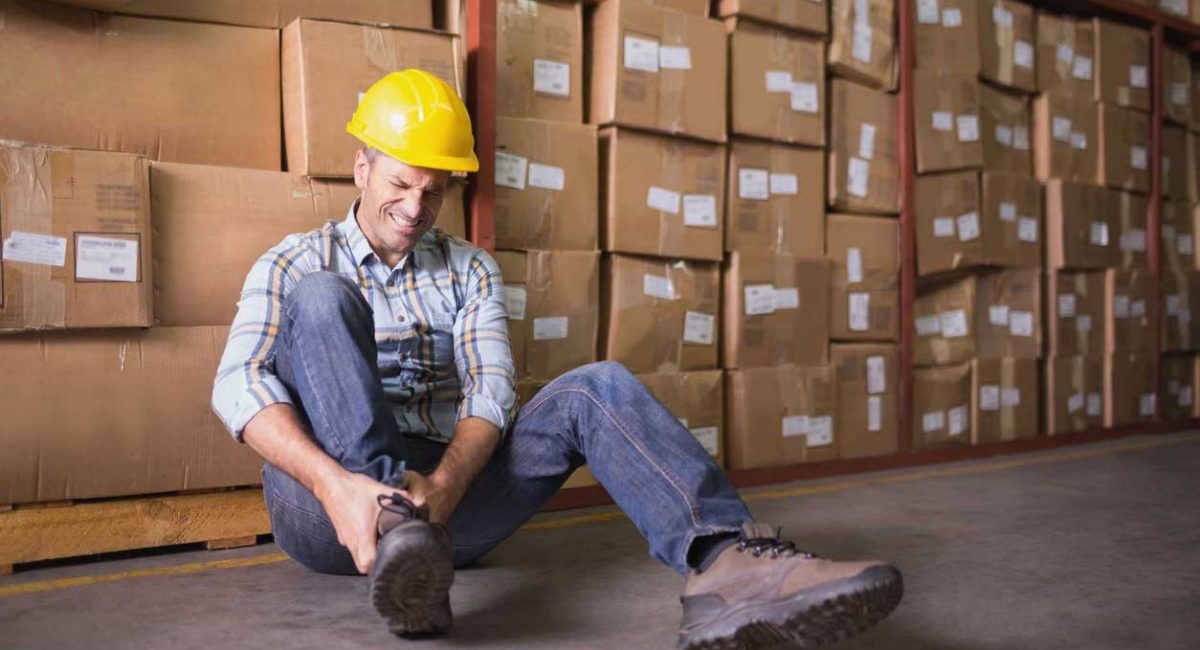11 safety rules that must be followed to avoid an accident at work
Most of us spend the majority of our lives in one working environment or another. Eight hours a day, five days a week, it’s not only the place we earn our living but also a place we should be safe. Unfortunately this is not always the case. Simple health and safety rules are frequently breached with serious accidents arising as a consequence.
The Royal Society for the Prevention of Accidents conducted a study that revealed around 11.6 million working days are lost due to work-related musculoskeletal injuries every year.
The reality is that pure accidents are rare; there’s usually an underlying reason or cause. Some incidents aren’t the employer’s fault, but in many cases the accident at work is the direct result of an employer’s negligence. Here are 11 safety precautions that should be followed by employers to make sure you are working in a safe environment. If they are breached and you suffer an injury as a result then you are likely to have a valid claim for compensation. For a free case assessment call our FREE accident at work claims helpline on 0333 888 0408.
Organise a Safe Work Area
Safety should be the primary concern in any workplace. Things that should be considered include where machines and materials are positioned and an organised and safe design of the workplace layout. A well as being safe, sensible organisation also means you’ll work more efficiently and productively.
Keeping Your Work Area Clean
It’s true that the most productive work spaces are neat and clean. This ensures you’ve removed any potential hazards as well as making your work area more productive.
Giving Clear Instructions
It’s crucial that staff know exactly what is expected of them when it comes to workplace safety, so employees should be provided with adequate training and specific written instructions which they’ve acknowledged and understood.
Assessing at the Likely Problems
Among the most commonly reported workplace accidents are lifting injuries, injuries sustained from inadequately protected equipment and injuries which could have been prevented if more appropriate clothing had been worn. Every workplace should be individually assessed to ascertain what the most common accident is likely to be.
Encouraging Staff Feedback
Workplace safety is the responsibility of every employee, so staff should be encouraged to report any safety deficiencies or concerns to the management. It’s better to sort out potential safety problems before serious injury occurs and employers should welcome feedback.
Reviewing Safety Guidelines Every Year
Workplaces constantly change, whether it’s the tools you use or the staff that work there. By revisiting and reassessing workplace safety every year, an employer can review whether the current arrangements are most suitable for the working environment.
Check and Check Again
Training is absolutely critical, whether it’s letting employees know how to complete a certain task or operate specific machinery. Regular safety training is crucial and employers should ensure the training itself is relevant and fit for purpose. Equally crucial for an employer is to keep copies of official training documents and a fully documented safety system.
Not Turning a Blind Eye To Incidents
It’s easy to get in a pattern of working that can sometimes make us a little complacent, even blind to things that have gone slightly awry.A significant number of working days lost are down to simple procedures being ignored, resulting in injury to the employee. It is estimated that for every serious accident at work, there are around 300 near-misses. Every employer should carry out regular risk assessments to ensure their staff are working in a safe environment and that they comply with health and safety regulations.
Providing the Right Tools for the Job
It’s an employer’s responsibility to ensure staff have the proper equipment to perform their daily tasks. Having the wrong or inappropriate tools and equipment can lead to accidents and injuries. All equipment in the workplace should be in good order, safe to use and fit for purpose.
Allowing Enough Time
In the cut and thrust of today’s hectic business world, it seems we’re always in a rush to get things done. Yet despite having an important deadline to meet or a job that needs quickly finishing, there’s no real excuse for rushing – that’s a sure-fire way of making mistakes and causing yourself an injury. Cutting corners can compromise your safety, so take time to get the job done safely.
Allowing Sufficient Breaks
As part of employment law it’s compulsory that employers give staff sufficient breaks. Insufficient break time can contribute to workplace accidents occurring.
Call our FREE accident at work helpline
If your employer has not followed these safety rules and you have suffered an accident at work as a result then it’s likely you have a valid compensation claim. We have an expert team of lawyers with a long and successful track record of dealing with accident at work claims on a No Win – No Fee basis.
We help victims of accidents at work get the maximum amount of compensation they deserve.
Call us today for a free, no-obligation assessment on 0333 888 0408, or email us at info@sbclaims.co.uk


